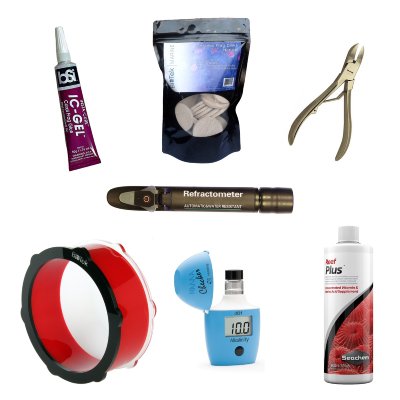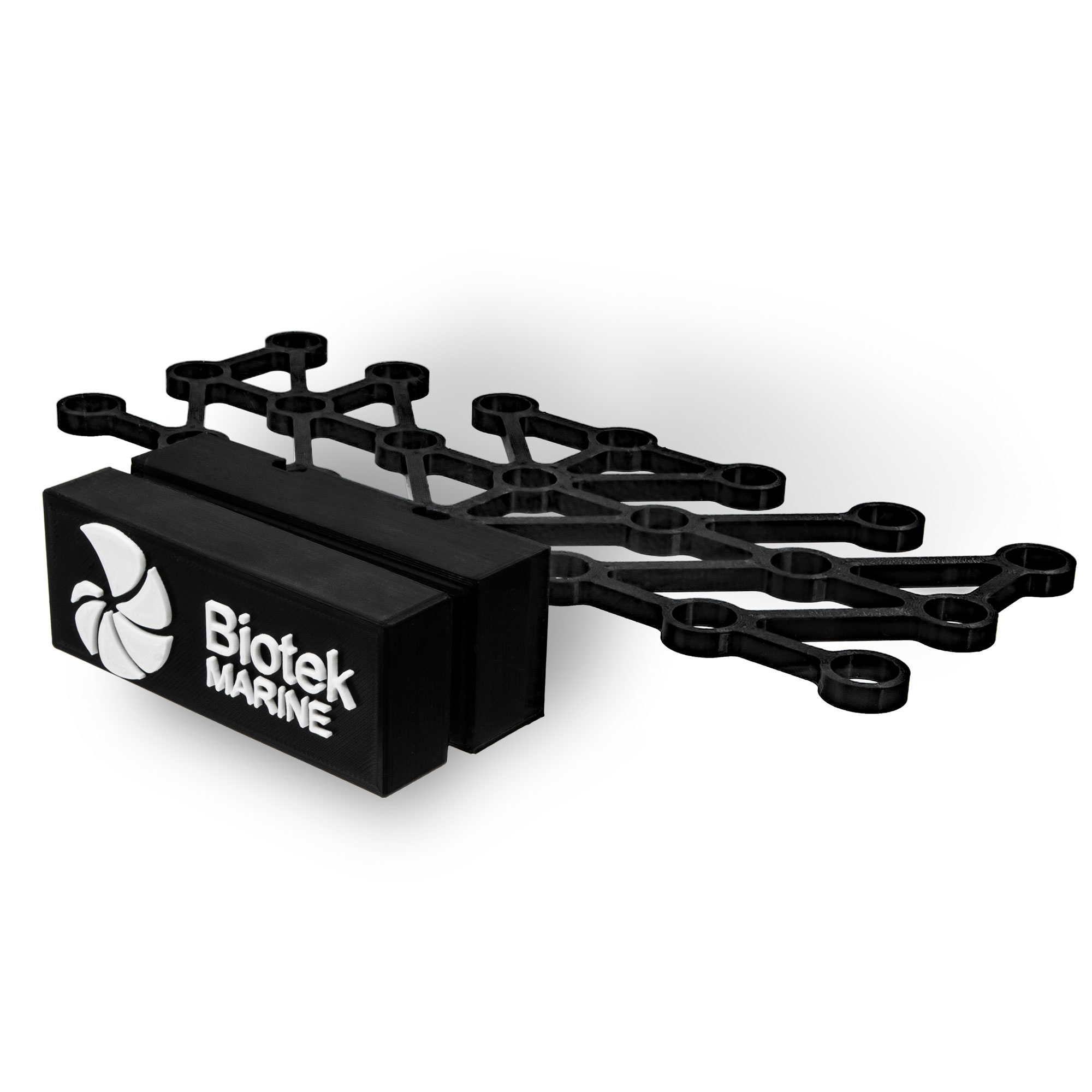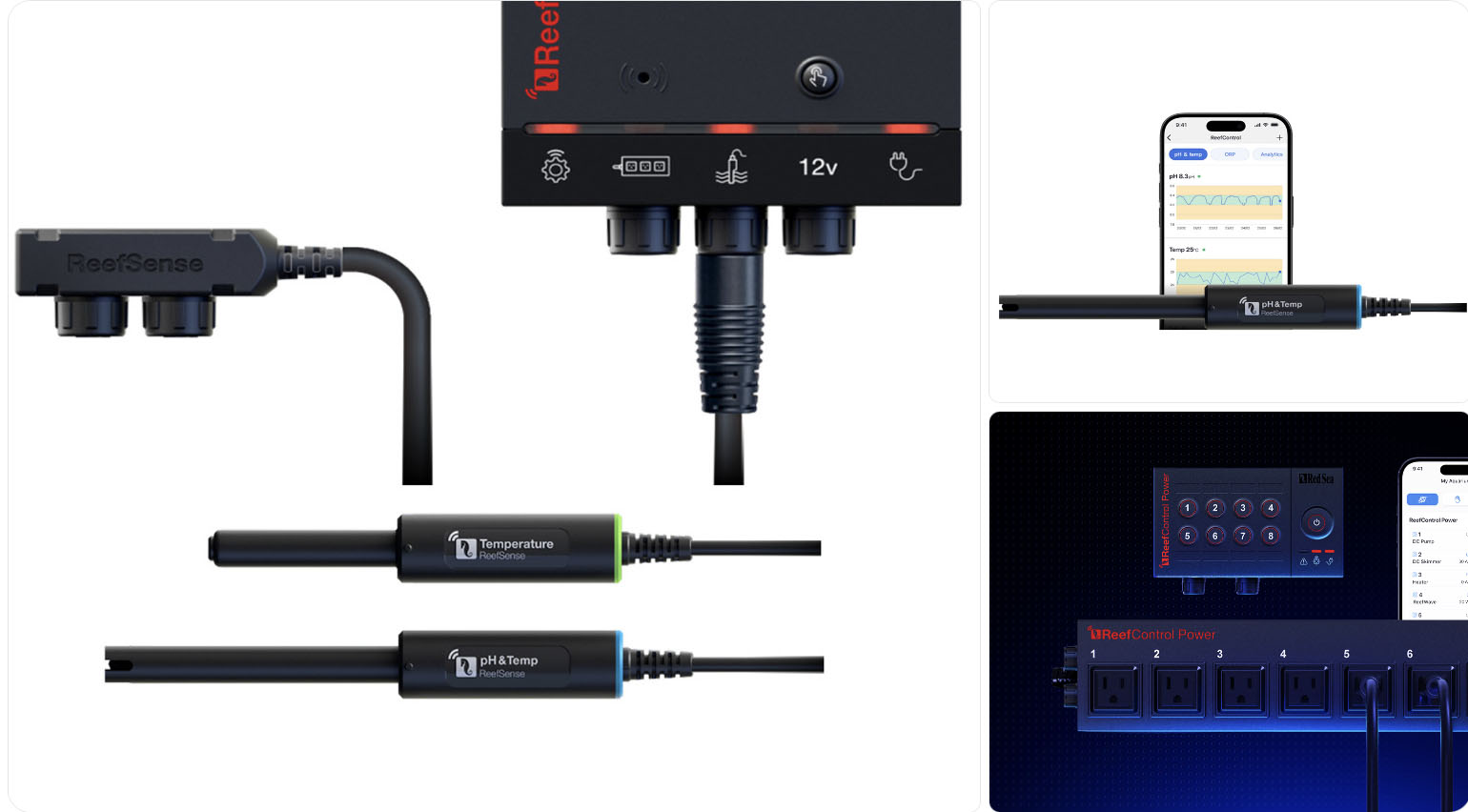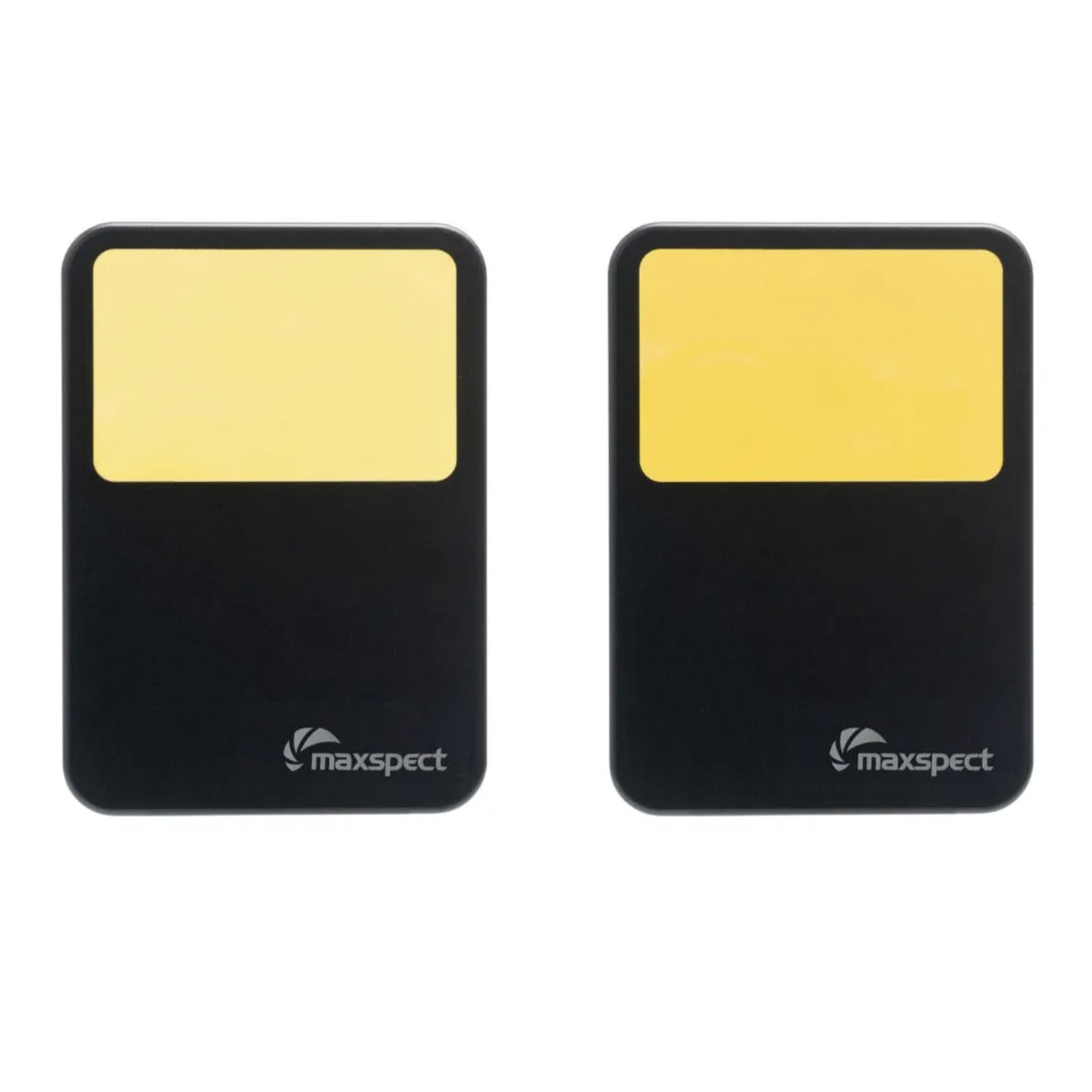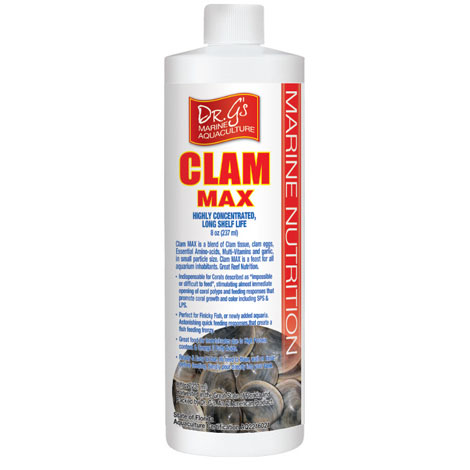We use cookies to make your experience better. To comply with the new e-Privacy directive, we need to ask for your consent to set the cookies. Learn more.
Controlling Phosphate in the Aquarium with GFO (Granular Ferric Oxide) and Other Methods

Managing phosphate (PO4) levels in a reef aquarium is one of the most important aspects of maintaining a healthy and thriving marine system. Excess phosphate can quickly lead to nuisance algae outbreaks, poor coral coloration, and even the decline of sensitive species like SPS corals and anemones. One of the most effective ways aquarists control phosphate is through the use of GFO (granular ferric oxide) media, but there are also other reliable methods for both reducing and increasing phosphate when needed.
What is GFO and How Does it Work?
GFO, or granular ferric oxide, is a highly porous media that binds phosphate ions as water passes through it. By placing GFO in a media reactor or high-flow filter bag inside a sump or filter chamber, phosphate is gradually removed from the water column. This method has become a trusted and proven way to keep PO4 levels in check and prevent algae problems in both reef tanks and fish-only aquariums.
Why Phosphate Control Matters
-
Excess phosphate (too high PO4): When phosphate levels rise above recommended ranges, algae such as hair algae, bryopsis, and cyanobacteria can flourish. Corals may also show signs of stress, reduced growth, and dull coloration. Anemones may retract more frequently or fail to thrive.
-
Too little phosphate (too low PO4): While high phosphate is harmful, reducing it to near-zero can also be damaging. Corals, zooxanthellae, and beneficial bacteria need trace amounts of phosphate to function properly. Starving your tank of phosphate can lead to pale corals, tissue loss, and poor polyp extension.
Because of this balance, it is essential to test phosphate regularly using a phosphate test kit, Hanna Checker, or ICP test. Most reef aquarists aim to keep PO4 between 0.02 ppm – 0.08 ppm, depending on the type of corals kept.
Why GFO is a Popular Choice
Aquarists choose GFO phosphate remover because it is:
-
Highly effective at binding phosphate compared to other media.
-
Easy to use in reactors like the Two Little Fishies PhosBan Reactor.
-
Widely available from trusted brands.
-
Safe for reef aquariums when used properly and changed regularly.
GFO Brands on the Market
Some of the most popular GFO media for aquariums include:
-
Two Little Fishies PhosBan – a long-standing favorite among reef keepers.
- Fritz Maxout Media - filter media options for freshwater and saltwater aquariums.
-
RowaPhos – a German-made GFO with a reputation for efficiency.
-
Brightwell Aquatics Phosphāt-E (liquid alternative) – often used alongside GFO for fine-tuning phosphate control.
Other Methods to Reduce Phosphate
While granular ferric oxide (GFO) is one of the most common solutions, aquarists have other options for reducing phosphate, including:
-
Liquid phosphate removers – products like Brightwell Aquatics Phosphāt-E or Quantum Phosphate Remover use lanthanum chloride or other binding agents to rapidly precipitate phosphate out of solution. These are effective but should be used carefully to avoid overdosing!
-
Macroalgae refugiums – growing chaetomorpha or caulerpa in a refugium can naturally export phosphate as the algae consume nutrients.
-
Protein skimming – while not a direct phosphate remover, an efficient protein skimmer helps reduce dissolved organics that eventually break down into phosphate.
Methods to Increase Phosphate (If Levels are Too Low)
If your system becomes too nutrient-poor, corals may lose color and stop growing. In these cases, carefully raising phosphate is just as important as lowering it. Options include:
-
Brightwell Aquatics NeoPhos – a liquid phosphate supplement designed for reef aquariums.
-
Quantum Bio-Enhance or Phosphate+ – formulated to increase phosphate levels safely for coral health.
-
Feeding adjustments – adding more frozen food, reef roids, or amino acid supplements can raise natural phosphate levels gradually.
The Importance of Gradual Phosphate Reduction
One of the most critical aspects of using GFO or liquid phosphate removers is avoiding sudden swings in water chemistry. Dropping phosphate levels too quickly can shock corals, clams, and anemones, leading to tissue recession or bleaching. For this reason:
-
Start with a smaller amount of GFO and increase gradually.
-
Monitor phosphate levels every few days after first introducing the media.
-
Replace GFO or adjust dosing only when phosphate levels stop dropping or algae begins to reappear.
Final Thoughts
Keeping phosphate under control in a reef aquarium is key to preventing algae outbreaks and promoting coral growth. Granular ferric oxide (GFO) remains one of the most reliable and proven methods of phosphate removal, trusted by aquarists worldwide. At the same time, products from Brightwell Aquatics and Quantum provide additional tools for both reducing and increasing phosphate when needed. By testing phosphate regularly, choosing the right method, and making adjustments slowly, reef keepers can maintain a stable and balanced environment where corals, anemones, and fish thrive.




